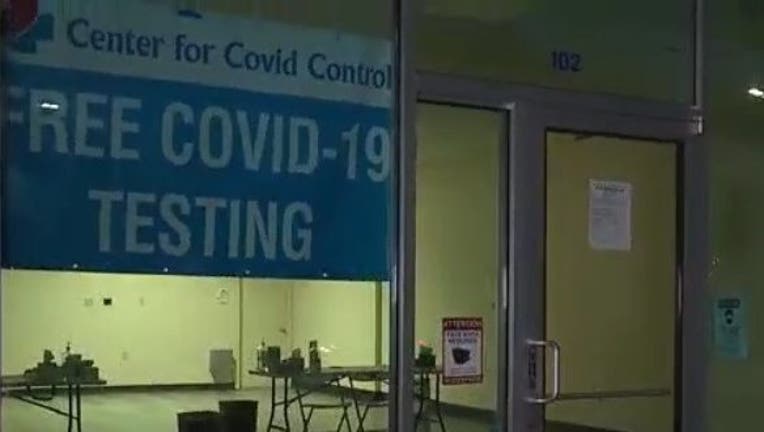Michigan cuts quarantine, isolation time as COVID-19 cases improve

LANSING, Mich. - With the state of Michigan entering the post-surge recovery phase of COVID-19, the isolation and quarantine guidance has been revised, based on current conditions, and low case numbers.
The Michigan Department of Health and Human Services (MDHHS), along with the Licensing And Regulatory Affairs (LARA), is updating its COVID-19 guidance for Michigan residents, including childcare facilities and school settings.
"We are updating our guidance to reflect the fact the state has entered a post-surge, recovery phase," said MDHHS Chief Medical Executive Dr. Natasha Bagdasarian. "As we move through the phases of our COVID-19, response our recommendations will be updated to reflect the current status of transmission, ... We continue to strongly urge all residents ages five and older to get the safe and effective COVID-19 vaccine and to get boosted when eligible as the vaccine continues to be our best defense against the virus."
This update does not change guidance for health care, long-term care, correctional facilities, and other high-risk settings. These entities should continue to follow current guidelines.
As for the guidelines on isolation, any individual who tests positive for COVID-19 and/or shows symptoms, without an alternate diagnosis, or a negative COVID-19 test, should isolate, regardless of their vaccination status. The isolation period should be at home for five days, beginning with the first day of symptoms, or the day after the test was taken if they are asymptomatic.
After this, if symptoms have improved, or have not developed, they can return to normal activities, but while wearing a well-fitted mask for the next five days.
If an individual has a fever, they should stay home until fever-free for a period of 24 hours, without the use of fever-reducing medications, before returning to normal activities. Though they do need to wear a well-fitted mask until the 10-day period is complete. But if unwilling/unable to wear a mask, they need to isolate at home for 10 days.
It is important to notify those you have been in contact with during the contagious period; the first two days before symptoms began, or testing positive if no symptoms are present. First notify those in your household, and/or who you were in personal contact with, along with immunocompromised or high-risk individuals.
The MDHHS guidance on quarantine adjusts in response to, and to control outbreaks, as needed. Local leaders and individuals should work in conjunction with their local health departments for outbreak response.
If an individual is exposed to someone who is positive for COVID-19, and is a personal or household contact, they need to first monitor their symptoms for 10 days, testing at least once three to seven days after exposure. If symptoms develop, wear a well-fitting mask for 10 days from the date of exposure, or quarantine at home if unable or unwilling to mask. Additionally, avoid unmasked activities or activities with a higher risk of exposing vulnerable individuals, for 10 days from the date of last exposure, to protect others.
If the exposure is from another type of contact, such as in a community, social or work setting, first again is symptom monitoring for 10 days, and testing if symptoms develop. Wear a well-fitting mask around others for 10 days from the date of last exposure, to protect others. At a minimum, wear a mask in settings with a higher risk of exposing vulnerable individuals.
Along with MDHHS’ updated guidance, there may also be policies on a local level, such as in schools or businesses, that need to be followed.
LARA's Child Care guidelines have also been updated to provide consistent recommendations with K-12 schools. This includes the recently revised recommendation regarding wearing masks, changed to individual personal choice. The isolation and quarantine periods have also been updated, to align with MDHHS recommendations for the general population and K-12 schools.
MDHHS supports adjusting any recommendations as the state cycles through periods of response, recovery, and readiness, while following local health department decisions that are based on local conditions. As part of the state entering the recovery phase, MDHHS has also rescinded its requirement that schools report confirmed and probable cases of COVID-19.
During the recovery phase, MDHHS says that masks remain an important tool in mitigating the spread of COVID-19. Individuals who feel sick, may be at higher risk of infection. Michiganders should consider their individual and family members’ risk factors and vaccination status when making the personal decision whether to mask. Those with chronic illness, or who are immunocompromised, are at higher risk for poor outcomes from COVID-19 and would benefit most from masking in indoor settings. These risk factors may include age, medical conditions, and vaccination status.
For more information, visit Michigan.gov/Coronavirus. To find a vaccine, visit VaccineFinder.org.

